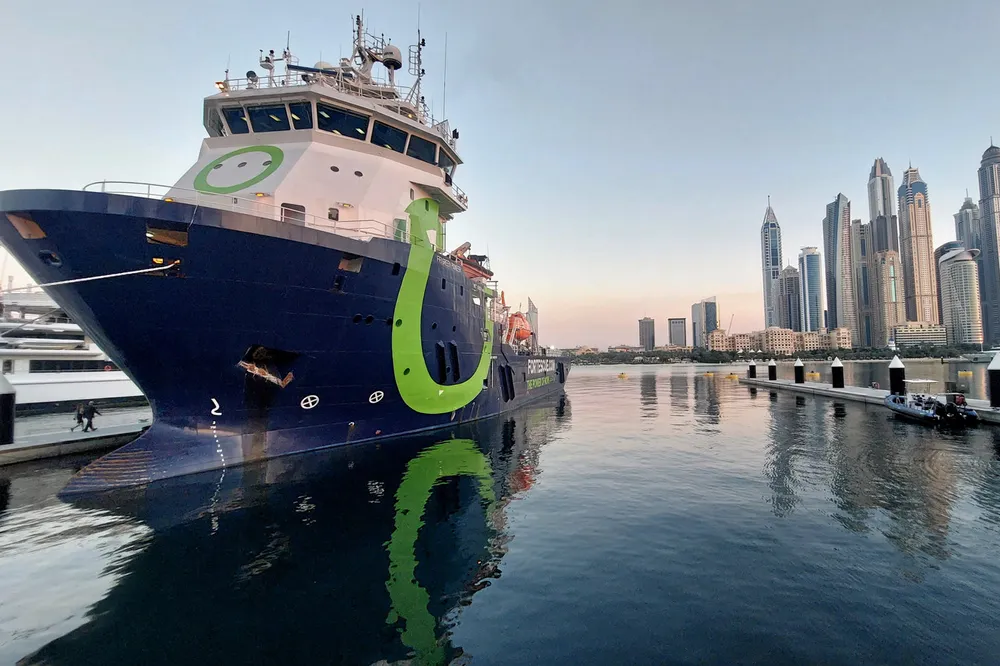ANALYSIS | How much green hydrogen and renewable energy will be needed to decarbonise global shipping?
Hundreds of gigawatts of new wind and solar would be needed to produce enough ammonia and methanol to make a dent in maritime emissions by 2030

Hundreds of gigawatts of new wind and solar would be needed to produce enough ammonia and methanol to make a dent in maritime emissions by 2030
